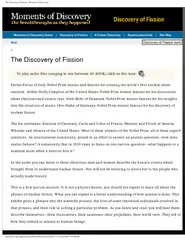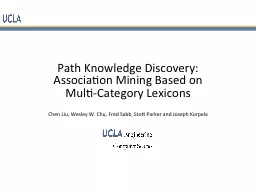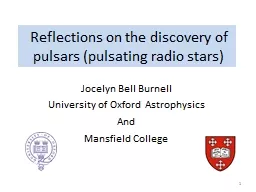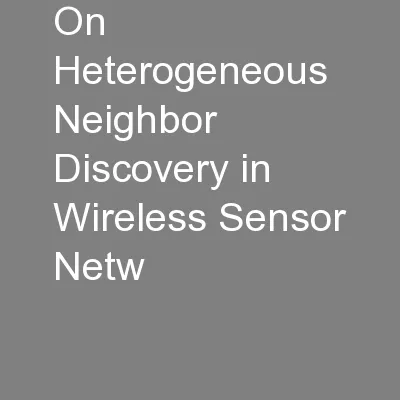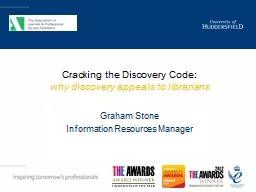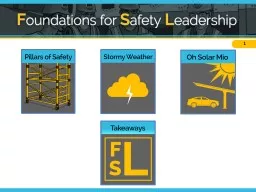PPT-AP Discovery Discussion Slide
Author : lindy-dunigan | Published Date : 2018-10-29
1 Date 20170116 Authors Name Affiliation Address Email Nan Li ZTE Corporation No9 Wu Xing Section Xi Feng Road Xian Shaanxi Province PRChina linan25ztecomcn Kaiying
Presentation Embed Code
Download Presentation
Download Presentation The PPT/PDF document "AP Discovery Discussion Slide" is the property of its rightful owner. Permission is granted to download and print the materials on this website for personal, non-commercial use only, and to display it on your personal computer provided you do not modify the materials and that you retain all copyright notices contained in the materials. By downloading content from our website, you accept the terms of this agreement.
AP Discovery Discussion Slide: Transcript
Download Rules Of Document
"AP Discovery Discussion Slide"The content belongs to its owner. You may download and print it for personal use, without modification, and keep all copyright notices. By downloading, you agree to these terms.
Related Documents


